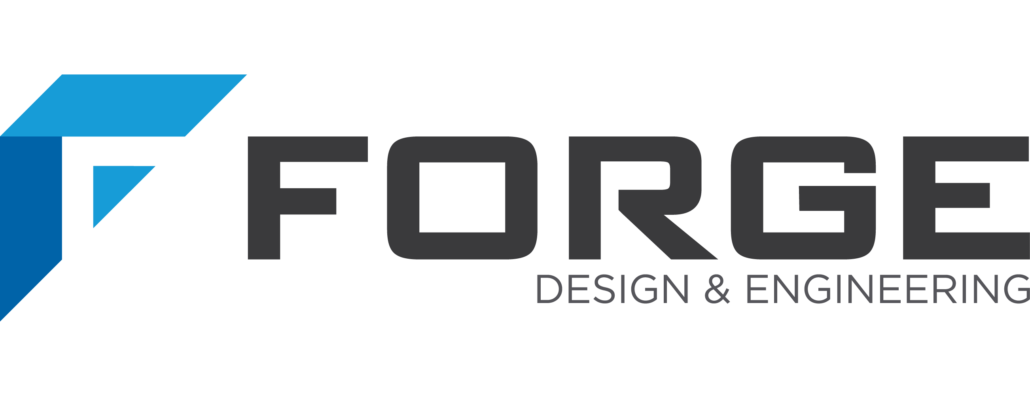
Well-Worn Innovation
Who would have guessed twenty years ago that we could in fact wear our heart on our sleeves? A report by Transparency Market Research projects the global wearable healthcare devices market to reach nearly $11 billion by 2023.*
Driving these projections: advances in self-diagnostics, data reporting and self-medicating options are occurring in an environment where cost and care-sharing continues its inexorable shift from providers, insurers and employers to individuals. No longer a passive piece in the healthcare continuum, we are increasingly the “end-user” of healthcare devices and called upon to facilitate the collection and reporting of healthcare info from our wrists, abdomen, chest, sleeves…
The current generation of wearables and associated apps exhibit improved usability, data collection and communication protocols bringing things closer to the doorstep of providing users action steps to correct, remedy, stop/start, contact their healthcare provider and untold others not yet conceived.
Ultimately consumers will drive the acceptance and use of wearables. Data access and security, cost, reliability and accuracy are of course critical factors. Equally important – a highly considered and tested experiential design, as a poor user experience could lead to abandonment or inaccurate data reporting. Nipping at the heels of the category itself are increasingly sophisticated and robust health & fitness phone apps that continue to absorb basic functionalities from off and on-body monitoring devices.
Both the Apple Health and Google Fit apps are capable of providing basic fitness tracking data from relatively new iPhones or Androids which may drive some users to send dedicated devices into storage. Wearables continue to grow – albeit at a decelerating pace
Earlier this year Fitbit reported 23.7 million active users and 50.2 million registered device users, up 37% and 73%, respectively. Strong numbers taken individually, but device registrations outpaced active users by a wide margin. While this only suggests a decrease in user engagement one can’t avoid the thought that disruptive platform shifts have not yet run their course.
But it is clear consumer, health care professionals and investor energy remains behind wearables and wearables technology. In the rush to become relevant marketers & manufacturers must resist shortcuts and nowhere is this more important than in the currently unregulated world of wearable health & fitness monitoring devices.
In healthcare the consequences of insufficient or misdirected research, poor design, inadequate testing or substandard manufacturing can have far-reaching, negative effects. Engage the resources available to you that can help steer the right course and get your product to market functioning and performing as envisioned.
Frank von Holzhausen
Co-founder/Chief Design Officer
*“Global Wearable Medical Devices Market: Spiraling Demand for Portable and High-end Devices”, June 2017, Transparency Market Research
Learn more here about working with Forge Design & Engineering



